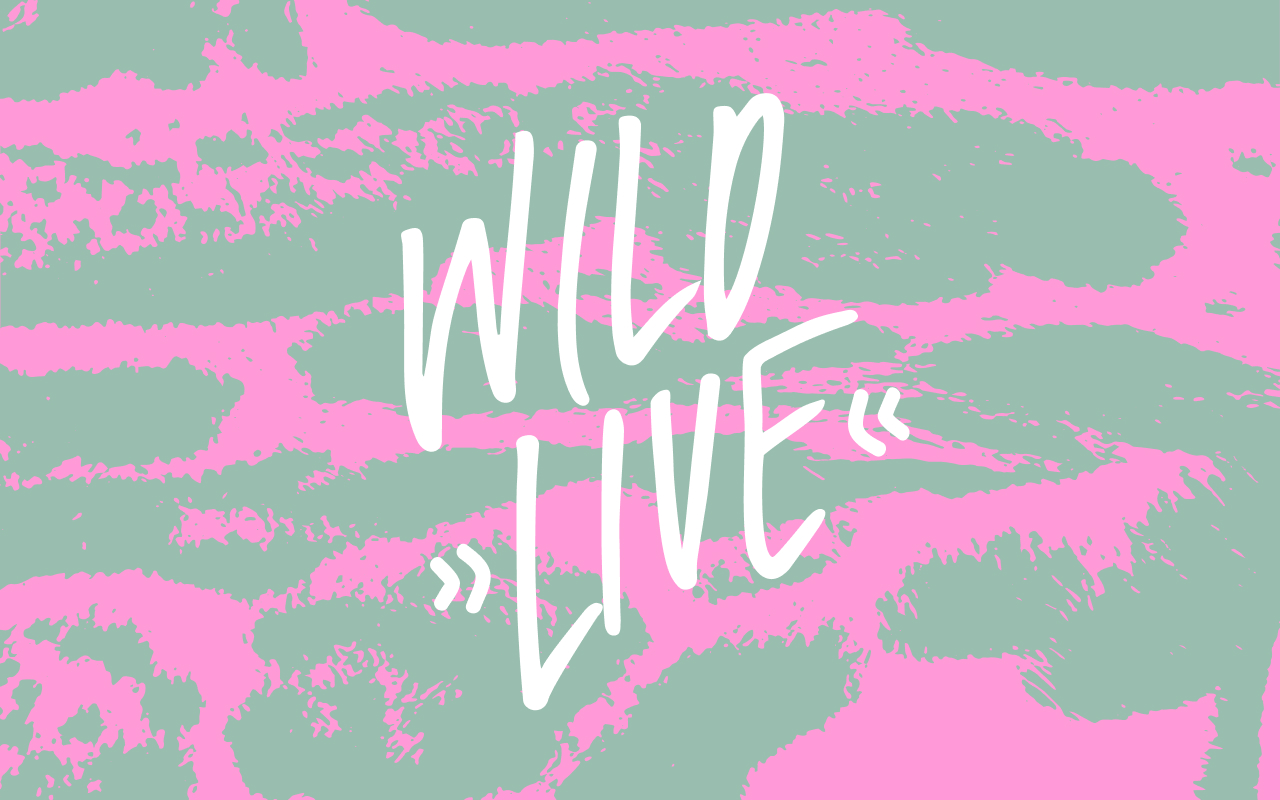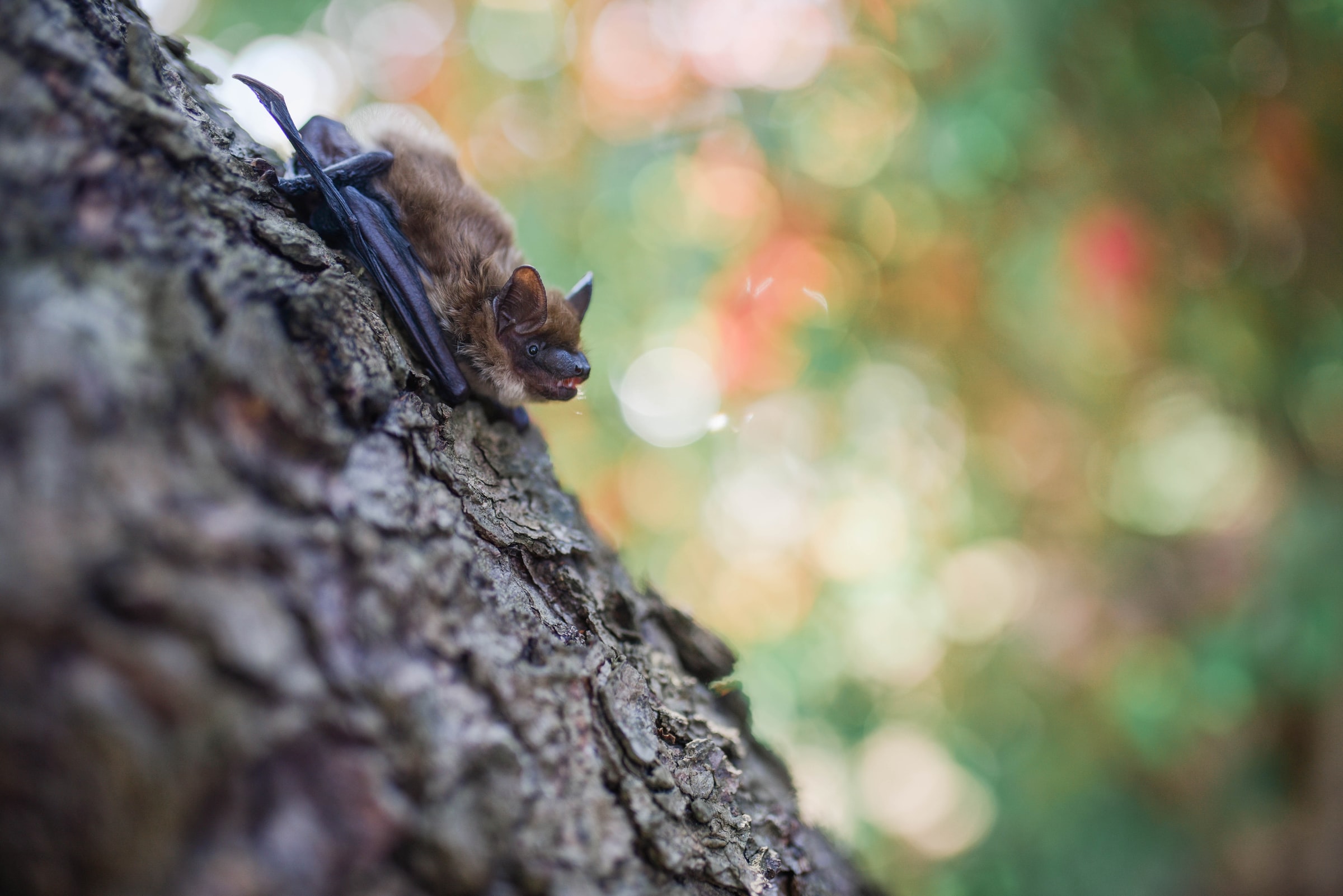
Is Batman a Bad Man?
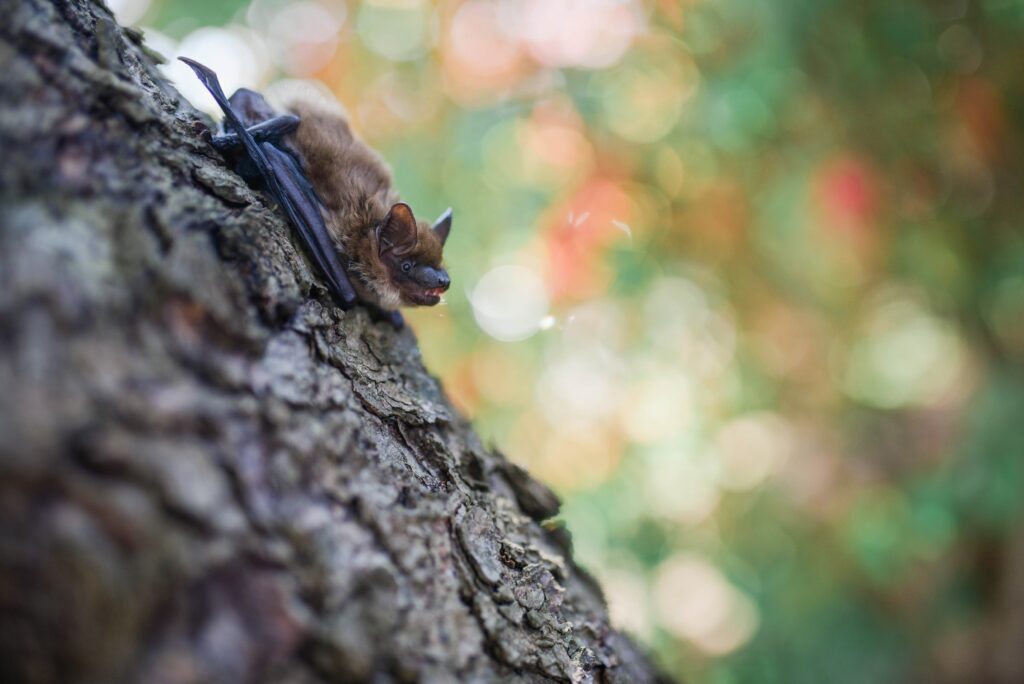
Bats have always had a dark and mystical reputation. They are associated with bloodsuckers, Count Dracula and Transylvania. Some find them fascinating, others creepy. But since Corona, bats have a whole new image problem. What’s the truth behind the fear? Is Batman now our sinister hero in the underground world or simply a “bad man”?
Only a very handful of bats actually like it bloody: out of more than 1,400 different species of bats, only 3 sub-species actually suck blood. They are aptly named vampire bats and live exclusively live in Central and South America. The amazing thing about them is that vampire bats share their food with old and sick animals. If a bat is no longer able to hunt for prey on its own, its relatives provide it with blood. They even feed non-kin animals. In this case, it is considered good manners to return the favor in other ways, for example, by grooming each other. Quite social, isn’t it? And if a vampire bat falls ill, it independently keeps away from the group so as not to infect anyone else. So the bat started “social distancing” long before we did.

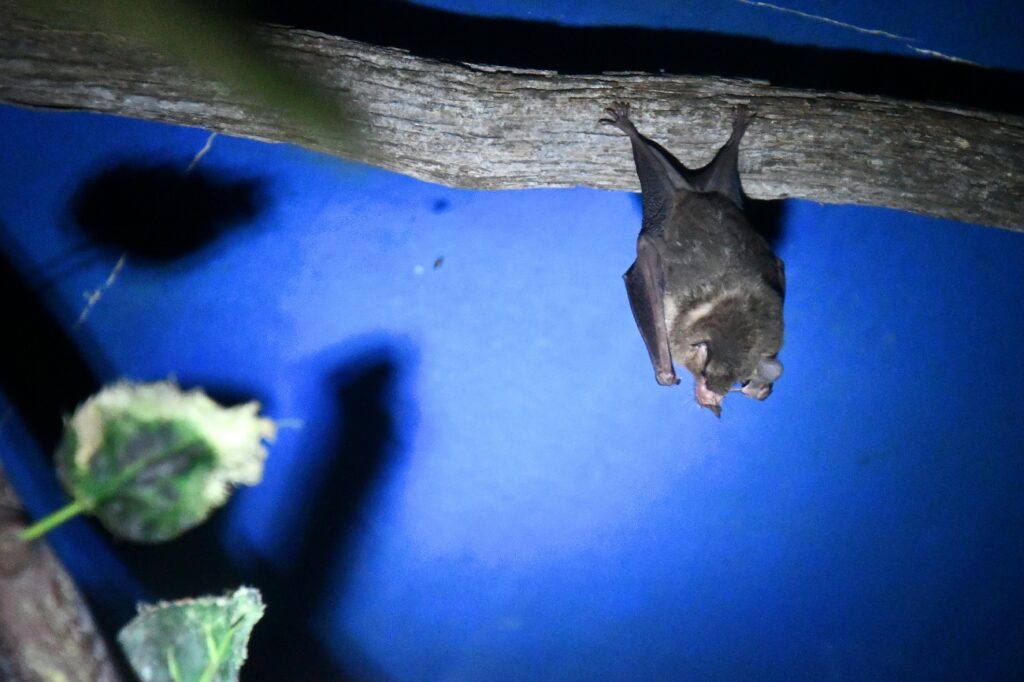
Vegan Rainforest Savior
Some tropical bats even live purely vegan on fruits and flower nectar. Thus they also play an important role in the forest ecosystem. By collecting nectar from several plants, they work as pollinators, just like bees, only fluffier. When they eat the fruit and excrete it elsewhere, new plants grow in that spot from the seeds they leave behind. In fact, some plants specifically attract bats because they depend on their support. Many flowers attract their pollinators with bright colors, but this only works for diurnal animals. Some plants work with intense scents that the bat can easily detect, even at night. There is even one plant that goes one step further: Marcgravia evenia, that has a specially shaped, vertically positioned leaf that reflects the bat’s echo calls like a satellite dish. So the bat finds it in no time at all and starts pollinating.
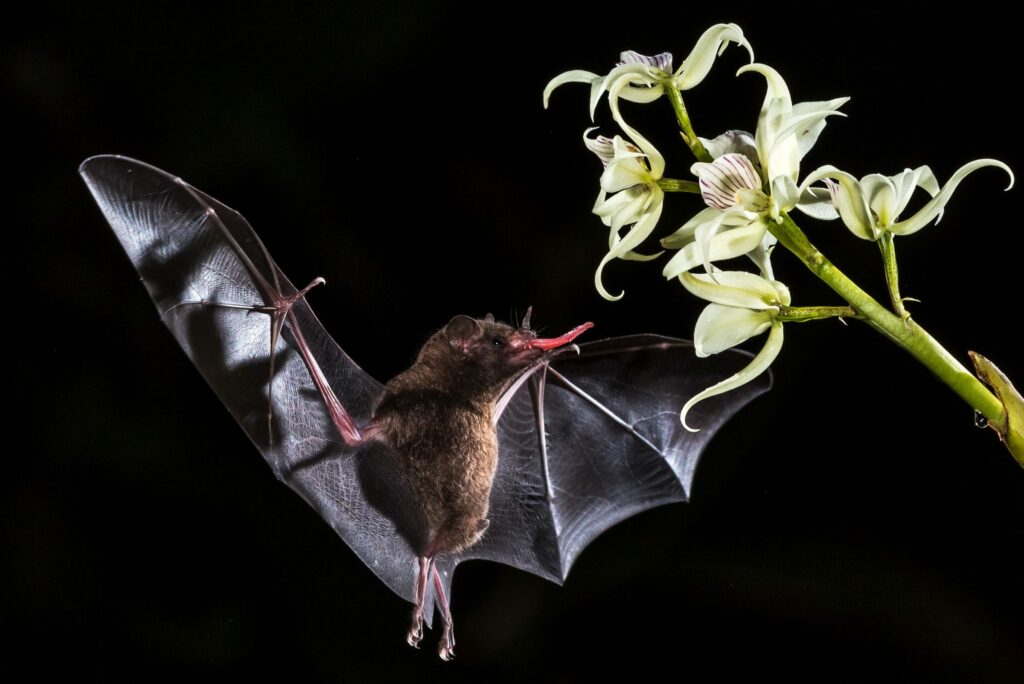

Flying Mosquito Repeller
All European bat species feed on insects, some additionally on spiders. Each species has its own favorite prey. The common pipistrelle bat (Pipistrellus pipistrellus), for example, prefers to eat mosquitoes – up to 1,000 per night! It is hard to imagine the mosquito plagues that would exist without bats. They also serve as so-called bioindicators: the more bat species and individuals there are in an ecosystem, the healthier that ecosystem is. After all, the quality and diversity of plants and water bodies are reflected in the number of diverse insects – and thus also in those of the bats. Conversely, conservation measures targeted at bats simultaneously benefit many other animal and plant species.
Unfortunately, almost all bat species are threatened, all European ones are under strict protection. There are many risks for bats, foremost among them are wind power, road traffic, and domestic cats. When planning wind farms and new highways, major preliminary surveys must now be carried out to avoid building in hunting grounds of protected bats or disturbing winter roosts and maternity roosts. Wind turbines are operated with a so-called bat-friendly operating algorithm that automatically shuts down when flight conditions ideal for bats are measured. Only the danger posed by domestic cats has not yet been solved. They catch bats not as a food source, but because of their hunting instinct. Therefore, they snatch many more animals than they would in the wild. They often do not kill their prey directly, but play with them, eventually leaving the injured animals to die. Particularly pregnant and nursing mother animals and inexperienced young animals are their most common victims as they are slower and less agile when flying. But unfortunately, these animals are exactly those that ensure the continuity of the population.
Unfortunately, almost all bat species are threatened, all European ones are under strict protection. There are many risks for bats, foremost among them are wind power, road traffic, and domestic cats. When planning wind farms and new highways, major preliminary surveys must now be carried out to avoid building in hunting grounds of protected bats or disturbing winter roosts and maternity roosts. Wind turbines are operated with a so-called bat-friendly operating algorithm that automatically shuts down when flight conditions ideal for bats are measured. Only the danger posed by domestic cats has not yet been solved. They catch bats not as a food source, but because of their hunting instinct. Therefore, they snatch many more animals than they would in the wild. They often do not kill their prey directly, but play with them, eventually leaving the injured animals to die. Particularly pregnant and nursing mother animals and inexperienced young animals are their most common victims as they are slower and less agile when flying. But unfortunately, these animals are exactly those that ensure the continuity of the population.
Is Batman to Blame for the Pandemic?
Bats have no intention of hurting or infecting us. They get sick just like the rest of us. Unfortunately, due to zoonotic diseases (diseases that can be transmitted to humans), they can also become a problem for us. Besides Covid-19, rabies is the most dangerous of all. As a matter of fact, a bat usually doesn’t even get into the situation of biting us humans. This is because they are also masters of evasion. If you find an injured bat, please handle them only with thick industrial gloves. This will protect them from their little teeth and the bat from our human scent, which scares off their colony members. Even better would be to use a stick or move them into a box. They are still wild animals, and they fight back when they don’t like something. The behavior is completely normal and not the animal’s fault. If you treat wild animals with distance, respect and don’t eat bat soup, you are not endangered by bats.
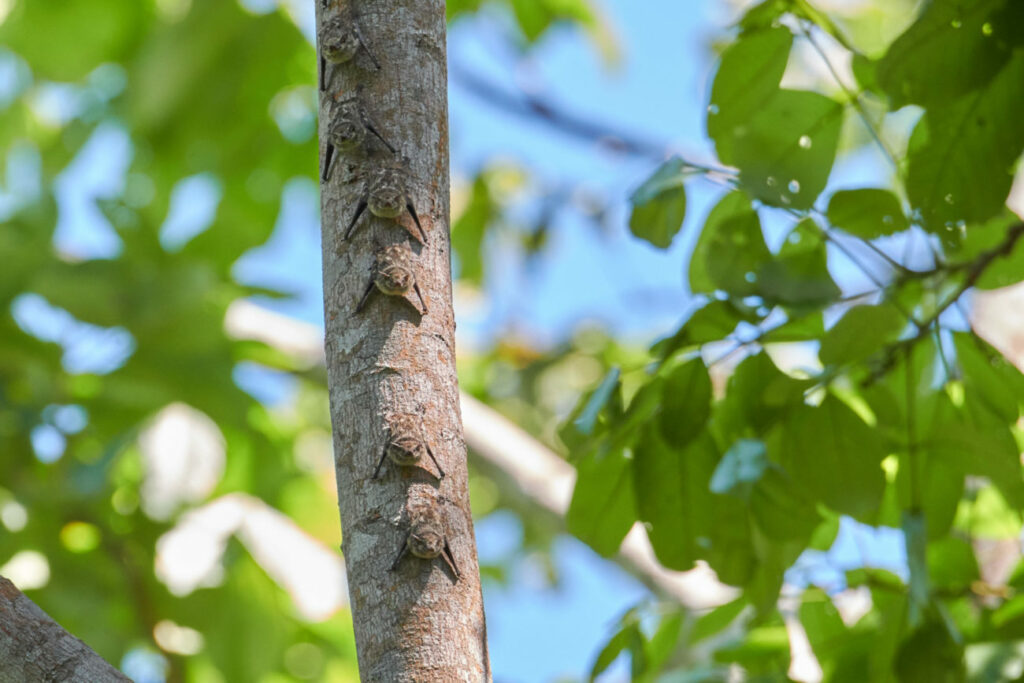
What Can We Do for Bats?
- In the garden or on your balcony, place night-blooming plants and plants with a high nectar content that attract bats. A list of suitable plants is available here https://www.nabu.de/tiere-und-pflanzen/saeugetiere/fledermaeuse/aktiv-fuer-fledermaeuse/11241.html
- Even better: a garden with a pond! Because small bodies of water magically attract insects, and thus also the bats. The richer the structure of the environment, the more comfortable the bats feel.
- Hang nesting boxes in the garden and on the balcony. There are special boxes especially for bats, which you can easily build yourself. Often, however, they also take up residence in birdhouses, unless the entrance door is too large. Bats like it cozy!
- Tidying up is overrated and not always animal-friendly. Many bats use building crevices or roof gables as roosts. You’ll also often find them under rain gutters, in woodpiles, under corrugated metal roofs, and so on. So, if you get the urge to clean, please check beforehand so that you don’t accidentally destroy a small home.
- Do not use pesticides, insecticides, and chemical fertilizers. The balcony or garden is a small ecosystem and what we spray in the soil or on our plants, is ingested by insects and ends up in the stomachs of bats, birds or squirrels.
Sources and further information

Sophie
from the Nepada team works professionally with bats as a biologist and has compiled these fascinating facts for us.
Our “Species protection to go” contributions make no claim to be
completeness, but merely provide insights for a more conscious and
more sustainable way of dealing with our planet. Together
we can do a lot better, but we can’t do everything right straight away.
Would you like to share more insights on this topic? Or
do you have any critical comments? Then feel free to drop them below.
You may also like
Donate now: Gibbon aid after landslide
The destroyed enclosureat the Potuki Rescue Centre in Lok Kawi, Malaysia (c) Mariani Ramli, GCS Mala
From the Rainforest to the Classroom
I had to leave the jungles of Borneo, as well as our on-going clouded leopard project within 24 hour





